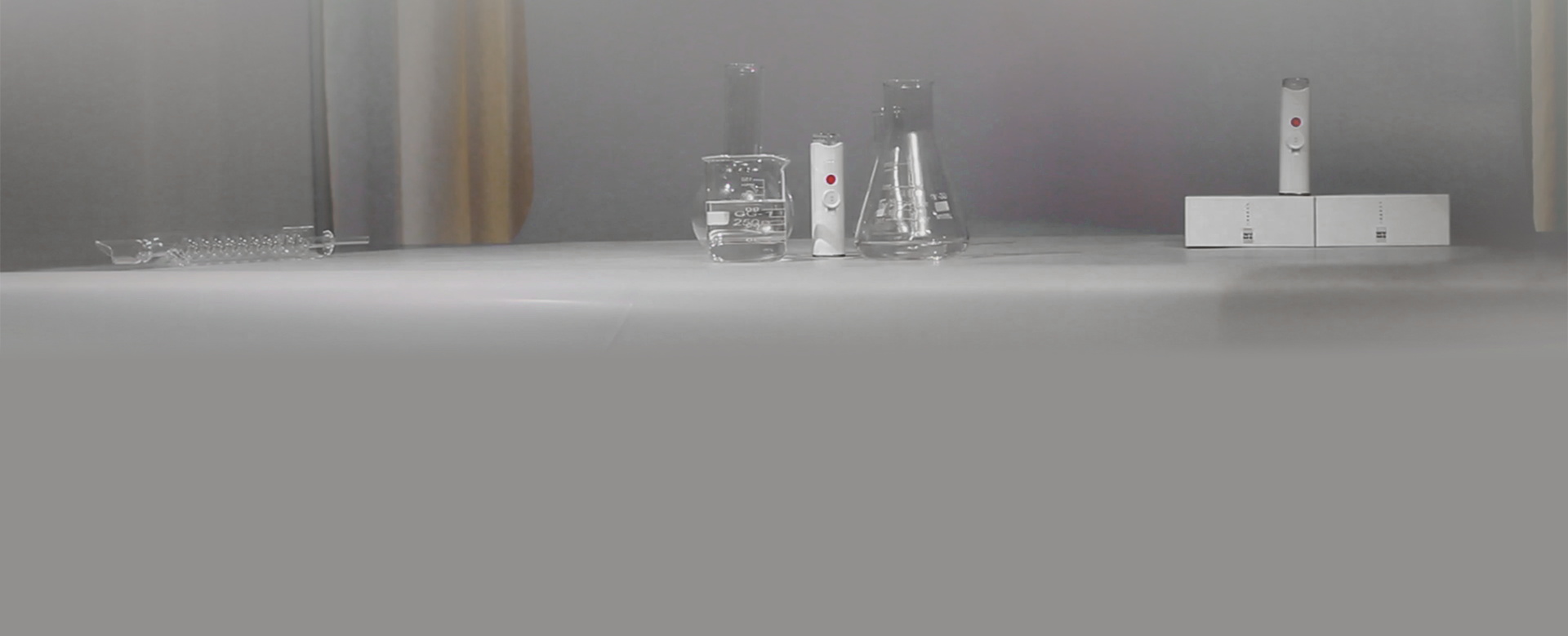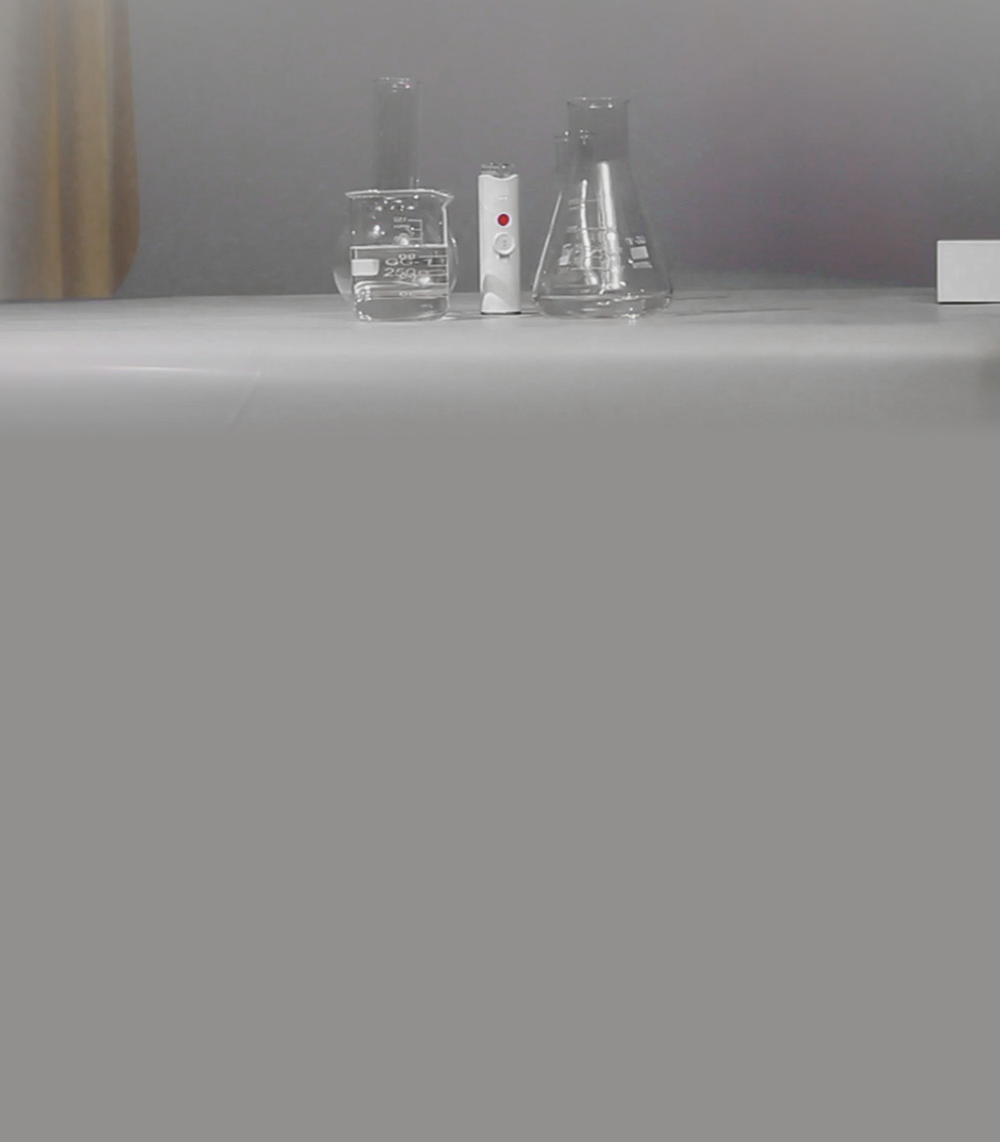Focus: Preservative Safety in Dry Eye Relief Spray
The rise of "preservative-free" Eye Care Sprays has dominated the market—but does this label guarantee safety? We analyze peer-reviewed data to separate fact from marketing hype.

✅ Benzalkonium Chloride (BAK) Alternatives:
Polyquaternium-1 (PQ-1): 92% less corneal toxicity (Ophthalmology Journal, 2024)
Sodium Perborate: An Effective preservative that breaks down into water and oxygen
⚠️ "Preservative-Free" Loopholes:
Some sprays use borate buffers that function similarly to preservatives
Single-dose units often contain trace stabilizing agents
📊 User Safety Data
🔍 Decoding Labels:
Look for "Purified Water + Electrolytes" base
Avoid sprays listing "stabilizers" or "buffers."
While preservative-free Eye Fatigue Relief Spray remains the gold standard, informed consumers should scrutinize ingredient decks beyond marketing claims. For chronic dry eye sufferers, single-use vials provide the purest solution.

